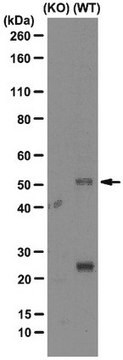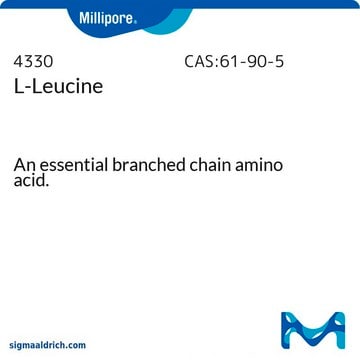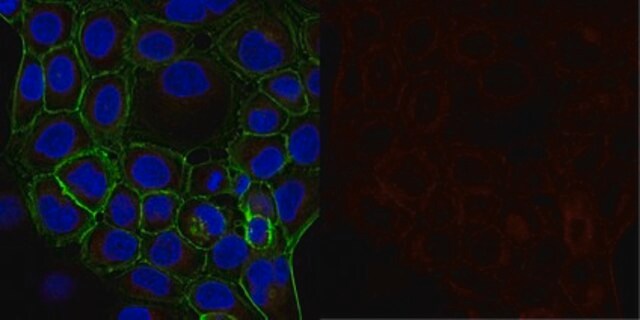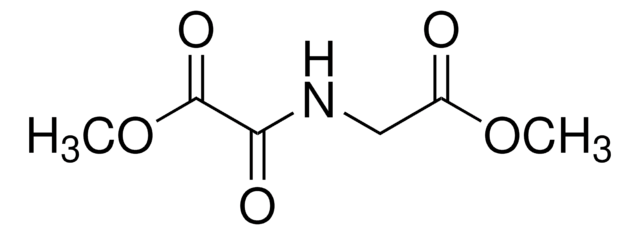This product is an oil, the solubility has not been tested. However, It is reportedly soluble in DMSO, acetonitrile, acetone, chloroform , dichloromethane. Avoid methanol and ethanol as this will cause the product to quickly degrade. For HPLC applications, DMSO is the preferred solvent. Please see the link below to review a publication that may be helpful:
https://www.ncbi.nlm.nih.gov/pmc/articles/PMC7484159/
SML1743
ETaKG
≥95% (HPLC)
Synonym(s):
2-Oxo-pentanedioic acid 5-ethyl ester 1-(3-trifluoromethyl-benzyl) ester, 5-Ethyl 1-(3-(trifluoromethyl)benzyl) 2-oxopentanedioate
Select a Size
$143.00
Estimated to ship onMay 24, 2025
Select a Size
About This Item
$143.00
Estimated to ship onMay 24, 2025
Recommended Products
Quality Level
Assay
≥95% (HPLC)
form
oil
color
colorless to light yellow
storage temp.
2-8°C
SMILES string
O=C(C(CCC(OCC)=O)=O)OCC1=CC=CC(C(F)(F)F)=C1
InChI
1S/C15H15F3O5/c1-2-22-13(20)7-6-12(19)14(21)23-9-10-4-3-5-11(8-10)15(16,17)18/h3-5,8H,2,6-7,9H2,1H3
InChI key
OKDCLZOKKGLMIX-UHFFFAOYSA-N
Biochem/physiol Actions
Storage Class Code
11 - Combustible Solids
WGK
WGK 3
Flash Point(F)
Not applicable
Flash Point(C)
Not applicable
Choose from one of the most recent versions:
Certificates of Analysis (COA)
Don't see the Right Version?
If you require a particular version, you can look up a specific certificate by the Lot or Batch number.
Already Own This Product?
Find documentation for the products that you have recently purchased in the Document Library.
-
Hi Can you please tell me about the solubility and the concentration of EtaKG ? DMSO ? Best regards Salwan
1 answer-
Helpful?
-
Active Filters
Our team of scientists has experience in all areas of research including Life Science, Material Science, Chemical Synthesis, Chromatography, Analytical and many others.
Contact Technical Service








